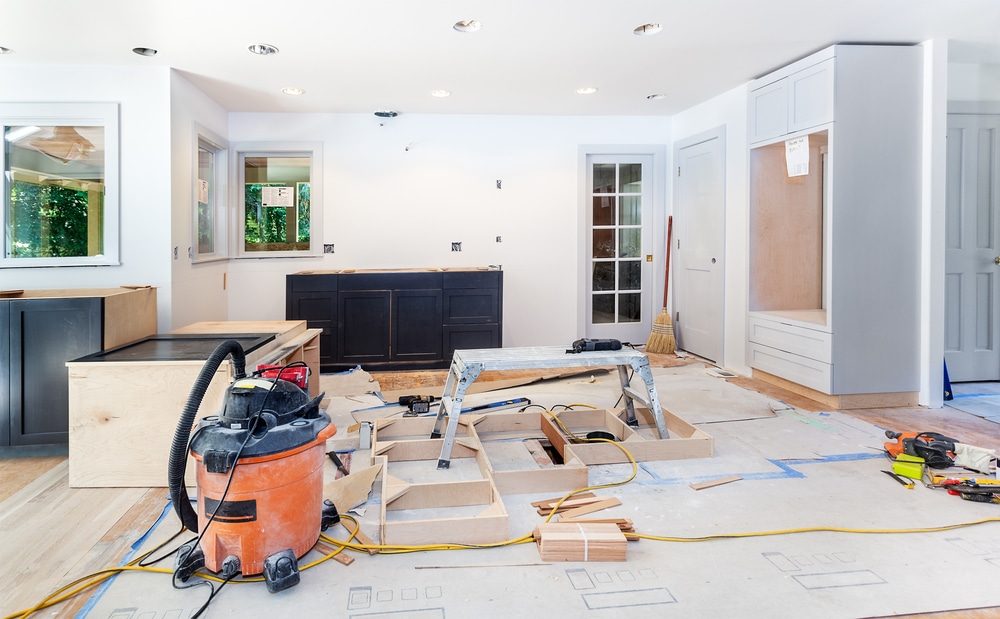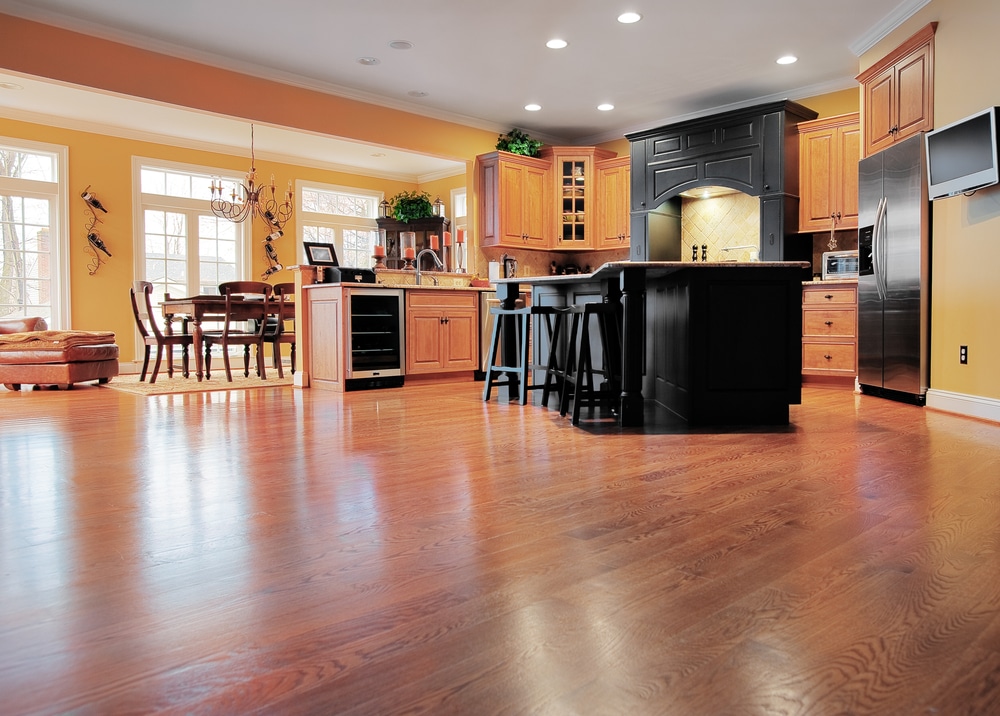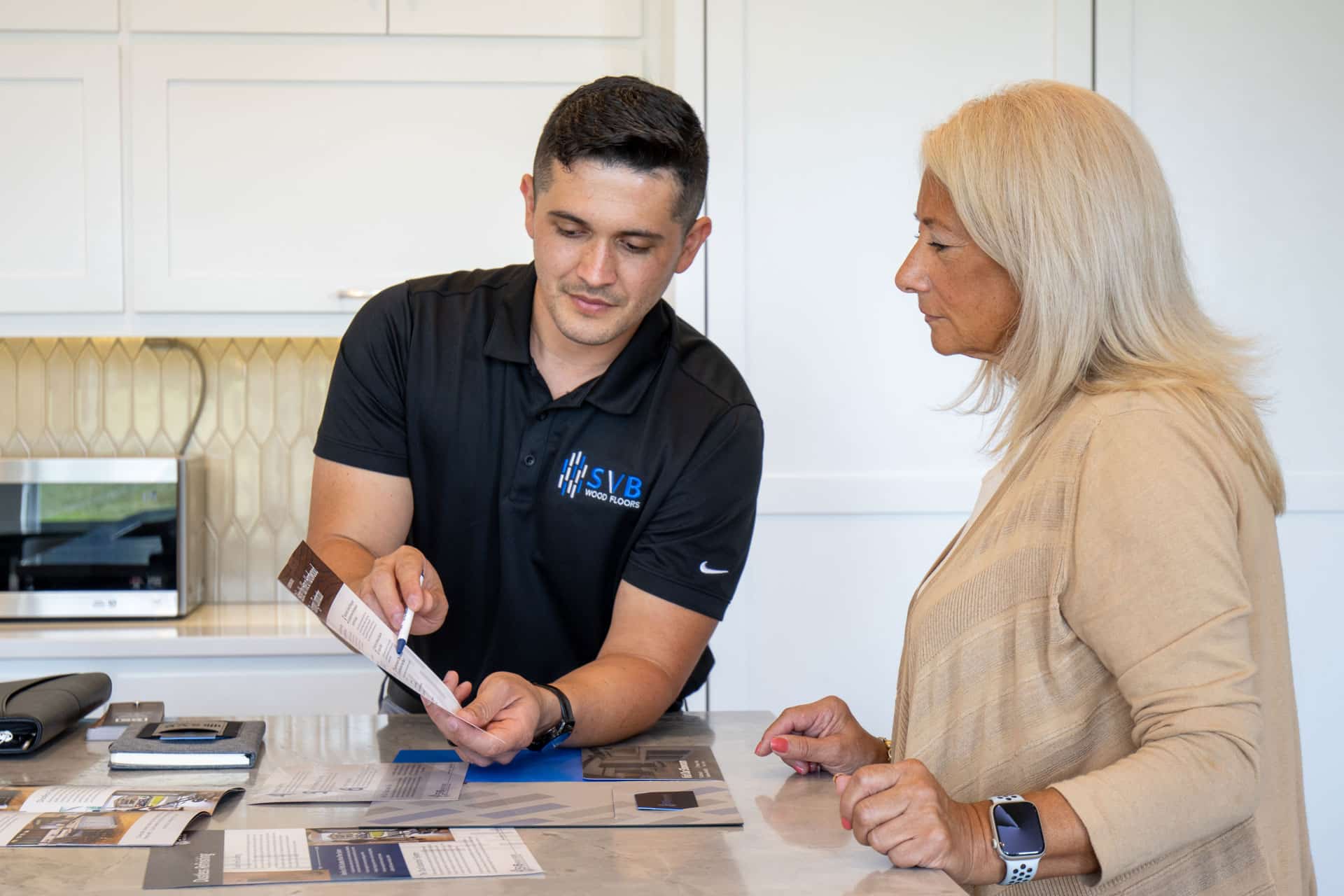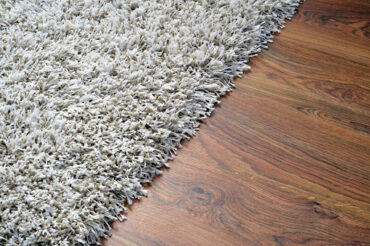
 A big remodeling project requires multiple steps and varying degrees of dust and debris, so how do you decide the order in which each element of the project should be completed? To help handle the chaos, the experts at SVB Wood Floors have a few tips on how to tackle your remodeling timeline.
A big remodeling project requires multiple steps and varying degrees of dust and debris, so how do you decide the order in which each element of the project should be completed? To help handle the chaos, the experts at SVB Wood Floors have a few tips on how to tackle your remodeling timeline.
Related Read: 3 Eye-Popping Hardwood Floor Design Trends for Your Home
First Things First
Where to start is often the easiest piece of the puzzle to solve. For example, if the project involves demolition, it’s pretty obvious that this should be the first thing to accomplish. Tearing down a wall, or removing cabinets in a kitchen are jobs that are going to be messy. After that, the sequence of events gets a little more confusing. In order to answer questions about the timeline of a project, let’s create a sample scenario:
Click here to learn why now is the perfect time for a wood floor facelift!
Kitchen/Dining Room Remodeling Timeline
You’ve decided to remodel the kitchen and adjoining dining room, a project that will require tearing out the kitchen floor, cabinets and countertops along with removing the existing dining room carpeting, adding new hardwood flooring in both rooms and repainting the rooms. Here’s the ideal remodeling project timeline for this scenario:
1. Remove kitchen countertops and cabinetry – This is probably one of the messiest parts of the project, and it’s necessary to get them out of the room first if the existing floor runs underneath them.
2. Remove the existing kitchen floor, revealing the sub-flooring.
3. Remove dining room carpeting.
4. Paint both rooms – It’s best to paint before installing new cabinets and countertops to avoid the need to cover them for painting.
5. Install new cabinets and countertops.
6. Last, but not least, have hardwood flooring installed and finished.
Why Wait to Install Your Hardwood Floors?
In almost any case, it’s wise to wait until the end of the project to install and finish your hardwood floors. The most important reasons for waiting are:
 1. Installing your new hardwood floors at the end of the project prevents damage from dust and debris or carpenters and other workers.
1. Installing your new hardwood floors at the end of the project prevents damage from dust and debris or carpenters and other workers.
2. Once a new hardwood floor is finished, you’ll have to wait at least 30 days before laying anything like a protective painter’s tarp on top of them or you’ll risk “suffocating” the finish. It’s also very difficult and expensive to repair damage to a new finish, and there’s no saying if the repair will end up looking different from the rest of the floor!
With that being said, the need for small touch-ups is common after any remodeling project, however, you can avoid any major snafus by leaving the hardwood flooring part of the project for last. Not only will your project timeline be shorter, but this can also save you money!




